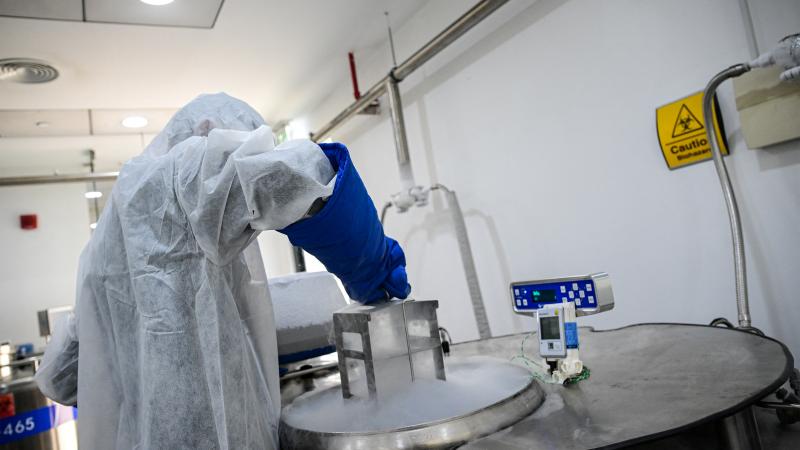New research suggests Saturn moon is habitable
Researchers looked back at old data and found fascinating results
Scientists have reported finding new organic matter from Saturn’s moon Enceladus, suggesting that the lunar body could be habitable.
Enceladus, one of the 274 moons that orbits Saturn, has long been considered a prime candidate for a habitable celestial body due to its icy geysers located near the moon’s south pole.
The new breakthrough comes from data originally collected by NASA’s Cassini spacecraft in 2008.
One important distinction about the report is that it merely suggests Enceladus could be a habitable space, it does not claim that life beyond Earth exists.
“Being habitable and being inhabited are two very different things,” said Fabian Klenner, one of the study’s authors. “We believe that Enceladus is habitable, but we do not know if life is indeed present.”
The study released last week consisted of a re-analysis of some of the grains Cassini collected back in 2008.
Scientists already knew that organic molecules were in the older samples. Still, since those molecules could have been modified by space radiation, they wanted to check out the younger grains taken from Enceladus’ geysers.
The researchers found the same organic molecules, along with some new compounds, in the younger grains Cassini brought back from Enceladus. These findings confirmed that all molecules found within the old and new grains originated from the moon’s underground waters, consequently furthering the theory that Enceladus is potentially habitable.
“Having a variety of organic compounds on an extraterrestrial water world is simply phenomenal,” Klenner said.
In the meantime, NASA has another spacecraft examining a different intriguing candidate for habitability, Jupiter’s moon Europa. The spacecraft “Europa Clipper” is expected to start orbiting Europa in 2030. Like Enceladus, Europa is an extremely icy moon that could house frozen, underground oceans.
Both the European Space Agency and China are working on landing missions to reach Enceladus in the coming decades. ESA also has a spacecraft on its way to Europa, along with some of Jupiter’s other icy moons.














